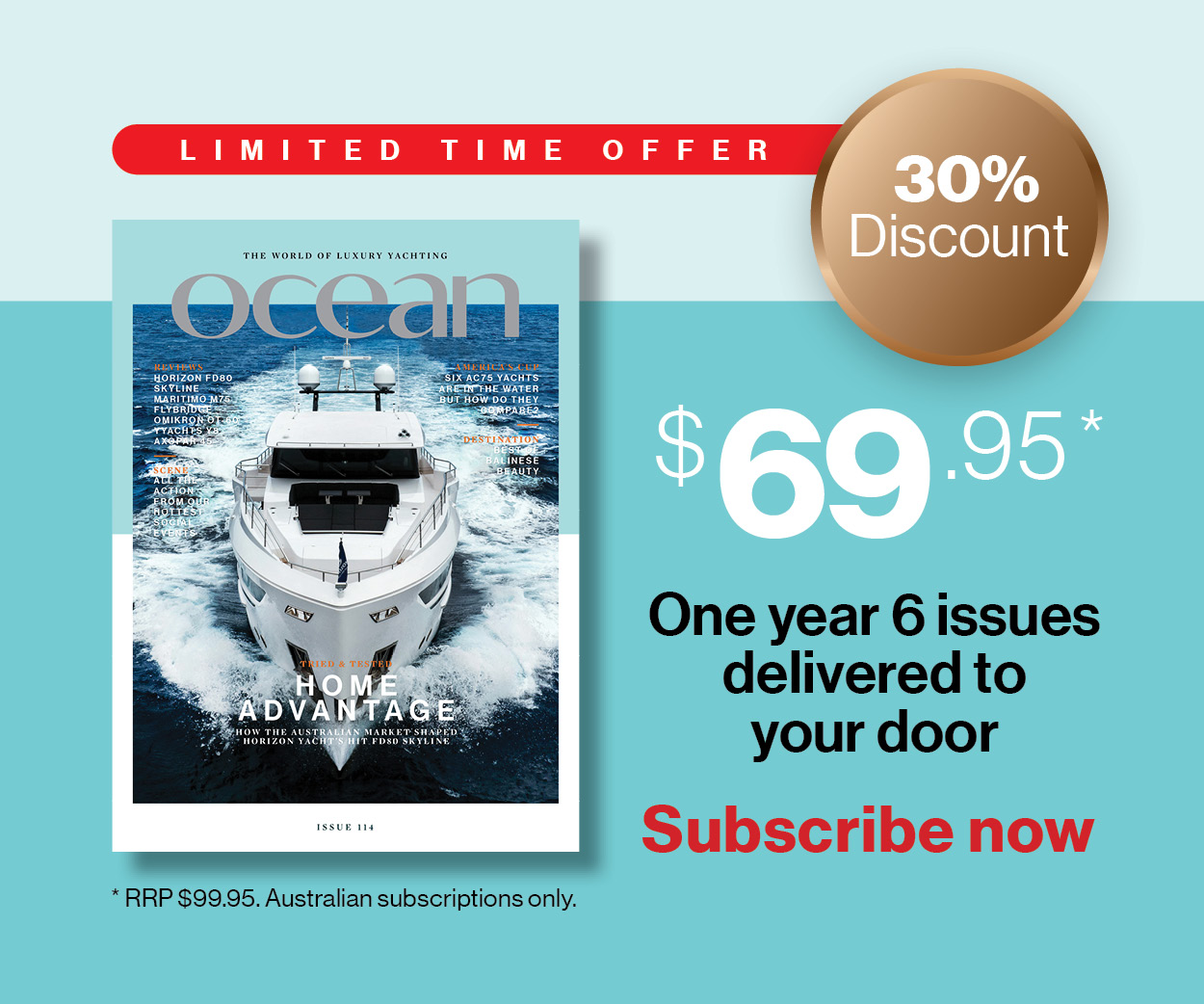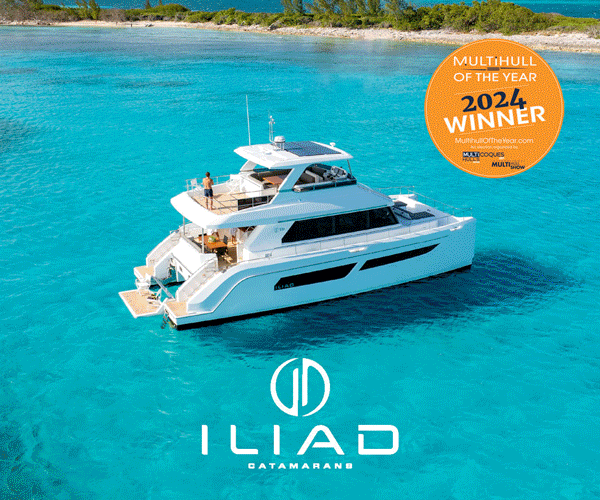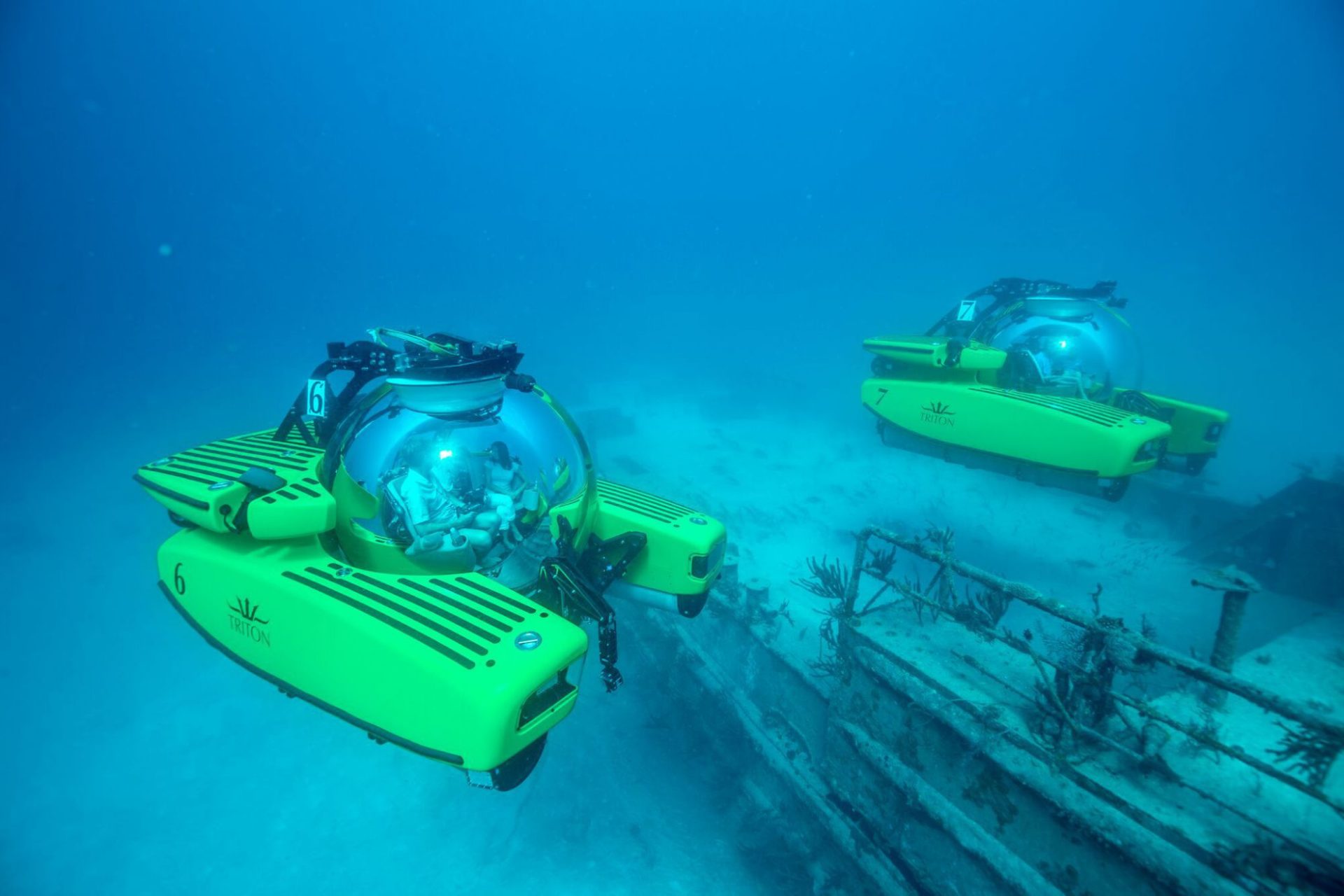Subs a specialty
Rivergate Marina & Shipyard in Brisbane on Australia’s east coast has been commissioned to install new Triton submersibles on board a significant expedition superyacht, planning a global itinerary with owners who are keen divers, intent on exploring deeper than humanly possible with scuba alone.
Photography by Rivergate Marina & Shipyard
31 August 2017
Submersibles are the new ‘must-have’ aboard superyachts, particularly those of the explorer or expedition variety, as owners and charter guests seek new realms to explore.
“Subs come into their own in water depths from 200 metres,” says Steve Fisher, Rivergate’s Director of International Business.
“Rivergate was consulted for our technical capability, facilities and expertise and will be refitting the client’s chase boat with facilities to handle two new submarines, customised davits, docking, stowage and refuelling.
“Rivergate’s onsite marine architect, Tommy Ericson, of the AusShips Group, is guiding the design and installation work.”
Located in Brisbane at a latitude of 27°S, Rivergate is a purpose-built shipyard that services as many as 60 commercial craft and 50 superyachts each year.
Equipped with 12,000m² hardstand, 75 and 300 Tonne travelifts, and access to 600T travelift as well as 2500T rail slip, deepwater river access, all-weather enclosed refit facilities and 24/7 fuel, Rivergate has the full complement of marine services to suit most of the world’s superyachts.
Trades include marine electricians, shipwrights and cabinet makers, marine engineers, propulsion experts, composite material repairers, a range of service agents for all marine engines, marine carpeting and fabrics and painters and superyacht quality paint applicators.
Steve Fisher, who attends significant yacht shows around the world representing Rivergate, says he has observed the increasing popularity of submersibles and other high-tech watercraft onboard superyachts.
“Mankind has explored less than five percent of the ocean, despite it covering 70 percent of the planet’s surface. Our fascination with the ocean depths can only be sated by a sub. The rise of the sub is being driven by a new generation of yacht owners more orientated towards experiences than pure ownership.
“Taking exploration into an extra dimension – downwards!”
According to Triton Submersible, sub technology has advanced tremendously in recent years, able to descend to 1,000 metres, 2,000 metres and beyond, putting this mode of exploration into the hands of many more owners.
Described as “the Swiss-army knife” of subs, Triton subs boast transparent acrylic pressure hulls which are constructed from an entirely different process than the rest of the market for higher quality and visibility underwater.
The Triton 3300/3 was chosen by Rivergate’s client for its versatility, equally adapted for scientific and personal expeditions.
With room for a pilot and two passengers, the 3300/3 can reach depths of 1,000 metres (3,300 feet), offering superyacht guests the unprecedented opportunity to view coral reefs, wrecks and creatures at depths not previously reachable.
Triton submersibles have been used in numerous research and scientific discovery missions around the world, ranging from coastal surveys to expedition work in the most remote corners of the Pacific. Highlights of these missions include filming the Britannic (sister ship to the Titanic) in the Mediterranean, the first ever manned submersible dives in Antarctica, and the first live footage captured of a giant squid off the coast of Japan.
“The dedicated team of marine professionals at Rivergate are thrilled to be working on this major project,” says Steve Fisher.
“We are confident it will be the first of many given our track record and reputation for world-class refit work, plus Rivergate’s proximity to the Great Barrier Reef, the islands of the Whitsundays, the South Pacific and the Antarctica, where subs can open up a new world of wonder.”










